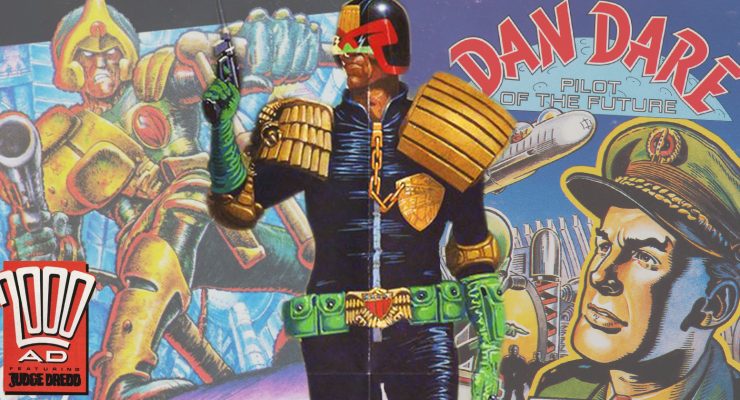Ray Willmott reviews Amnesia: The Collection…
When you’re trying to pass a six-year-old game off as the flagship title of a full priced release, questions will immediately be asked. But Amnesia is one indie console owners have been dying to get their hands on.
Throw a spinoff and fully fledged sequel into the mix – all of which are among the highest rated horror games of any generation – and suddenly the whole thing starts to become very appealing.
See, there are very few PS4 games – save Outlast – that can match the tempo and ambience set by Frictional Games’ scare-em-up. It gets under your skin by saying very little, it fills you with terror because you can’t compete with the enemies you encounter. Amnesia isn’t a fun gameplay experience. It’s unsettling, cringeworthy, and psychologically challenges you at every turn.
It’s also a game that really reflects the position Frictional Games found themselves in just a few years ago. They were a small company on the verge of bankruptcy, desperate for a break. So they threw everything into this release, crafting something that has a measure of desperation, but with absolute care ad consideration. With it, they ushered in a new era of indie.
And while newer games may have surpassed the aesthetic and mechanics, the quality of the lighting as well as the look and feel of the game is still truly special, and every bit is as immersive as it’s ever been. Even if you’re not a horror game aficionado, it’s an essential experience.
It runs at a very stable 60FPS, though hasn’t really seen any graphical updates or changes. Justine is the same, though Machine for Pigs seems to run closer to 30FPS. They’re all pretty much direct ports from the PC versions, with no apparent PS4 Pro support currently available. There are some menu tweaks and UI updates.
The games also offer commentary from the development team enabling you to learn a lot more about the development process. Unfortunately, because sound is such an important part of the game, it occasionally drowns out what the team are saying and with no commentary subtitles available, it’s quite easy to miss things. Also, you need to be careful if you’ve never played Amnesia before as the commentary spoils a lot, both puzzle solutions and plot points. You should try to experience all of the games as intended for first time runs.
The other big draw here is, of course, trophy support. There’s plenty to collect across the three games and enough to keep you occupied while trying to unravel all of the games’ secrets.
All three games also tell different stories. They’re all set in the same world, but each has a different cast of characters. The original follows Daniel who finds himself face down next to a trickle of liquid. As he follows the trail, he starts to learn more about who he is, what his surroundings are, and his reasons for being there. It’s a journey of restoring memory and uncovering some unexpected truths while you do.
Amnesia: Justine takes a slightly different path and was a Portal 2 AR title. While a direct expansion for The Dark Descent, the games are completely separate. You play the role of Justine, a woman who awakes to find herself in a cell with a horrific task ahead of her. She listens to Phonographs which give her a series of instructions on how to complete the challenges in the three rooms ahead. In each of the three rooms is a man who you can either choose to let live or kill in order to progress the story forward. There is a way to save them all, but it is likely to take a lot more effort on your part.
Finally, A Machine For Pigs which was developed in collaboration with The Chinese Room – best known for Everybody’s Gone to the Rapture. Once again, it features a different set of characters, though is considered a direct sequel to The Dark Descent. This sees you play the role of several different characters, though does strip back some of the core gameplay from the original release, which does kill some of the tension that makes the first game such a cult classic. Instead, the narrative really builds a tension of its own, and encourages players to discover the compelling link between Oswald Mandus, Enoch Mandus, and Edwin Mandus. Apart from them being related, of course.
These are some of the darkest games you’ll ever play, and this is done purposefully as the use of light is a crucial mechanic to making progress. If you stay in a dimly lit room for too long then your sanity begins to drain. The only way to recuperate it is by solving puzzles or making further progress through the games. You’ll need to use your lantern to guide your way around, replenishing them with oil. When that runs out, you’ll then need to find tinderboxes to light candles. And if you run out of those … may Thor have mercy!
Unfortunately, there’s a major issue with the menu system as there’s no clear way to switch between the games without force-quitting and restarting the app. Once you select a game, you cannot return to the main in-game menu. This is a really bizarre and frustrating oversight that can hopefully be changed in a future patch update.
We’ve been spoilt for collections lately with Bioshock, Assassin’s Creed, Batman, and Uncharted, and while this isn’t as polished as some of them, these three games combined are all compelling, memorable gaming experiences which have all had a hand in changing the way the industry has moved forward. If you’ve never had the chance to experience these before, at £30, this might be the most important and best value for money gaming history lesson you ever take.
Pros
– Some of the best survival horror you’ll ever see in games
– Clever gameplay mechanics that changed the face of the industry
– Presents good value for money with memorable, enduring gameplay experiences
Cons
– Might seem dated to some
– Transition within games impossible meaning you have to force-close and restart app
– Commentary gets drowned out by in-game sounds and could use subtitles
Rating: 8/10
Ray Willmott











